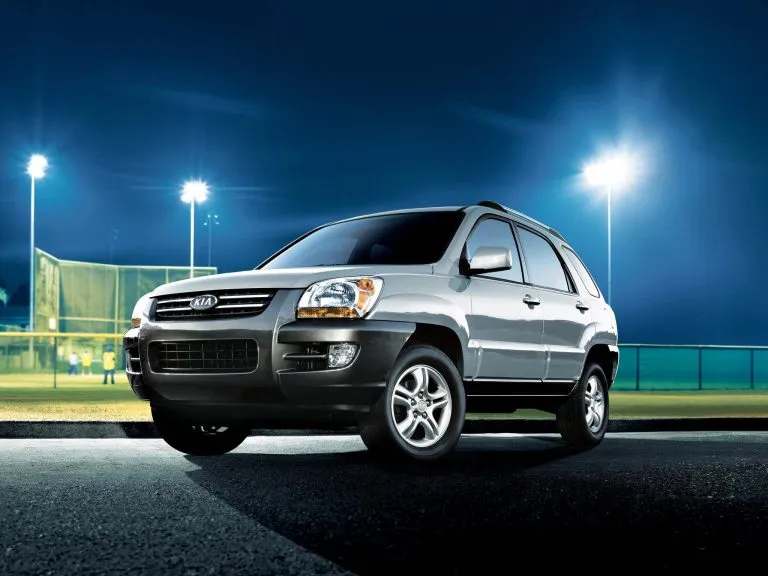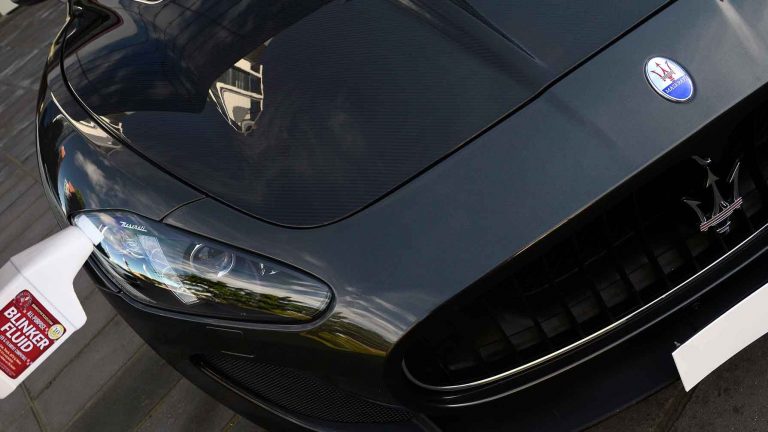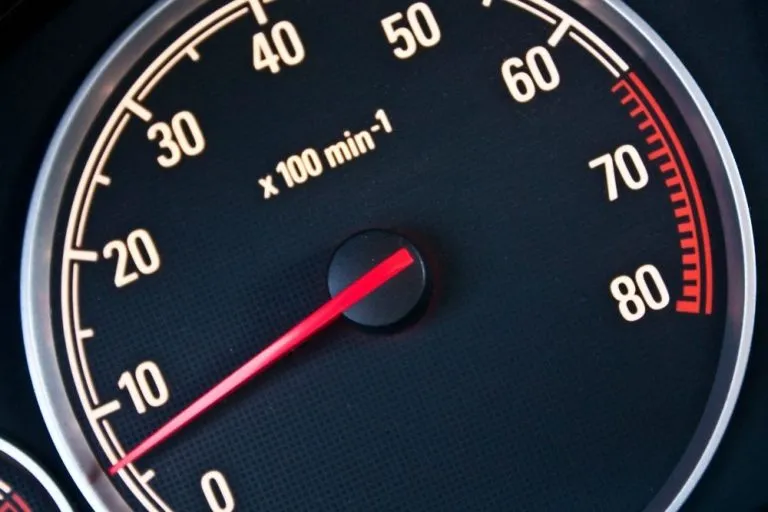Can You Flat Tow a Tesla? Expert Insights Revealed
Flat towing a Tesla might seem like an interesting idea to some, but is it really possible? The short answer is yes, but there are risks involved and limitations that you need to consider. Flat towing your Tesla is not recommended for long distances or high speeds, as it may cause damage to your vehicle.
Understanding how to properly tow a Tesla can save you from potential pitfalls. Ideally, a flatbed truck or trailer should be used to tow your Tesla with all four wheels off the ground. If that’s not an option, tow trucks can use wheel lifts and dollies for short distances. Remember that flat towing is not favorable for distances greater than 30 miles (48 km) or speeds above 65 mph (105 km/h).
While there is technically nothing preventing Tesla from implementing a flat towing mode, it’s essential to remind you that inappropriate towing practices could lead to serious consequences. It’s always best to stick to the guidelines provided by manufacturers when towing an electric vehicle like a Tesla to prevent any damage or complications down the road. So, before you decide to flat tow your Tesla, weigh the risks carefully and opt for safer towing methods.
TLDR Summary
Flat towing a Tesla is not recommended due to the design of electric vehicles. It’s essential to understand that electric cars differ from traditional gas-powered ones in various ways, affecting their towing compatibility. When it comes to Tesla, the best option is using a flatbed trailer in combination with a Class A or Class C motorhome.
Compared to conventional cars, electric vehicles like a Tesla have specific limitations when being towed. Some crucial differences to be aware of include:
- Transmission: Electric cars don’t have traditional transmissions, which might cause damage when attempting flat towing.
- Battery Life: Flat towing can lead to complications with regenerative braking systems, potentially draining the battery.
- Built-in Towing Capabilities: Tesla models don’t come with built-in towing features like some gas-powered cars, making flat towing more challenging.
Despite the challenges, there are some alternatives to flat towing a Tesla. These include:
- Flatbed trailer: This method involves securing the entire vehicle onto the trailer, preventing any potential damage due to wheels being on the road during the journey.
- Tow Truck: Calling a tow truck service to transport your Tesla helps avoid strain on the electric car components, ensuring safe travel.
In summary, while flat towing a Tesla might seem like an appealing solution, it’s essential to consider the unique characteristics of electric vehicles. Opting for an alternative towing method can prevent potential harm to your Tesla and make your journey more enjoyable.
Can You Flat Tow a Tesla
Flat towing, also known as dinghy towing, is when you pull a vehicle on all four wheels behind an RV. But the question is, can you flat tow a Tesla? The simple answer is no. Towing a Tesla this way, regardless of the model, is not recommended.
When you flat tow an electric vehicle like a Tesla, the wheels turning without the car being powered on can produce electricity. This may lead to overheating and potential damage to the vehicle. In some cases, it can even cause fires, putting not only your Tesla at risk but also other vehicles and people in the area.
If you ever need to tow your Tesla, it’s essential to follow the manufacturer’s instructions. This typically involves placing the Tesla in “Tow Mode,” which you can find under the Controls menu in the vehicle’s settings. It is very important to follow these guidelines, as doing things differently might lead to severe damages.
When faced with a situation where you must tow your Tesla, certain precautions are necessary. For short distances under 35 miles, you can use wheel lifts and dollies. However, for longer distances, it’s essential to get a more suitable method like a flatbed truck to prevent any damage to the car.
To sum it all up, flat towing a Tesla is not possible and could lead to significant risks and damages. It’s best to adhere to the guidelines provided by Tesla and opt for alternative towing methods when the need arises. In doing so, you’ll ensure the well-being of your Tesla and everything around it.
Tesla Models and Towing
Model S
If you own a Tesla Model S, keep in mind that it is an electric vehicle. When considering towing, be cautious about attempting to flat tow this model. It is more suitable to use a flatbed tow truck or wheel lifts and dollies to transport the Model S with all four wheels off the ground. This method will prevent the risk of overheating or damage to the vehicle.
Model 3
For your Model 3, towing can be a bit tricky due to its electric nature. To ensure the safety of your vehicle, it is necessary to transport it using proper equipment like a flat tow adapter. Opt for a flatbed tow truck or wheel lifts and dollies to move your Tesla Model 3 with all four wheels off the ground. This is the best approach for protecting the car from any potential issues related to overheating or battery malfunction.
Model X
When it comes to the Model X, be aware that its weight may vary compared to other Tesla models. Therefore, it is very important to check your owner’s manual or look up the specific weight of your Model X before attempting to tow it. As with the other models, avoid flat towing and use a flatbed tow truck or wheel lifts and dollies to transfer the Model X with all four wheels off the ground, ensuring a secure and safe towing experience.
Model Y
Lastly, for the Model Y, adhere to the same precautions as with the other models. Refrain from flat towing due to potential hazards it can pose to your electric vehicle. The recommended method for towing your Model Y is to utilize a flatbed tow truck or wheel lifts and dollies for safe and secure transportation, with all four wheels off the ground. This approach will help avoid any unexpected issues or damage to your vehicle during the towing process.
Potential Risks of Flat Towing a Tesla
When considering flat towing a Tesla, it is vital to be aware of the potential risks involved. One significant concern is that flat towing can cause severe damage to your Tesla’s components, which could lead to costly repairs.
If you flat tow a Tesla, your car’s tires will spin while being towed, causing overheating. This can result in further harm to the vehicle’s motor, battery, and other essential systems. Overheating is a significant issue for electric vehicles and can even lead to fire hazards in severe cases.
While flat towing any vehicle, you need to put the transmission in neutral. For a Tesla, this could cause problems with its electric motor, which requires a specific amount of electricity to shift into Drive. If the battery does not have enough power, your Tesla might not function after being towed.
Besides the risk of damaging your car, flat towing a Tesla might also void its warranty. Tesla explicitly prohibits flat towing their vehicles, meaning that if you decide to flat tow your Tesla and it gets damaged, you will not be covered under the warranty.
To sum up, you should thoroughly weigh the risks before attempting to flat tow your Tesla. Damaging its components and voiding its warranty are some of the potential consequences you might face. To avoid these issues, consider exploring alternatives such as using tow dollies or a trailer for transportation instead.
Alternative Towing Methods
Dolly Towing
When it comes to towing a Tesla, dolly towing is one option to consider. This method involves placing the front wheels of the vehicle on a tow dolly while the rear wheels remain on the ground. To properly dolly tow a Tesla, you’ll need to follow a few steps:
- Secure the front wheels on the dolly, making sure they’re tightly fastened.
- Place the vehicle in Tow Mode by following the instructions from the owner’s manual.
- Remember to check the straps and connections periodically during transport to ensure safety.
Keep in mind that dolly towing is only suitable for short distances and lower speeds. It may not be the best solution for long hauls or high-speed travel.
Trailer Towing
Another alternative is trailer towing, which involves placing your entire Tesla on a flatbed trailer. This method has the advantage of keeping all four wheels off the ground, preventing potential damage that flat towing can cause. Here are some guidelines for trailer towing your Tesla:
- Use a trailer that is wide enough to accommodate your entire vehicle, ensuring it is secure and within the trailer’s weight capacity.
- Make sure the Tesla is properly positioned and secured on the trailer, with wheel chocks and straps in place.
- Check the lighting and brake connections between the trailer and towing vehicle before setting off on your journey.
Trailer towing is a safer option for long-distance travel and is recommended over dolly towing for your Tesla. Whichever method you choose, always follow the manufacturer’s guidelines and instructions to avoid any potential harm to your vehicle or others on the road.
Relevant Laws and Regulations
When it comes to flat towing a Tesla, you should be aware of the laws and regulations that apply. All states have different rules for towing, so you’ll need to check your specific area to ensure you’re compliant.
Towing a Tesla safely requires adhering to the manufacturer’s instructions. To properly place your Tesla in “Tow Mode”, follow these steps:
- Navigate to the Controls menu in your Tesla.
- Select the “Service” option.
- Choose “Tow Mode.”
Keep in mind that Tesla covers transportation costs for the first 50 miles (80 km) when towing is necessary, provided the vehicle is covered under a New or Used Basic Vehicle Limited Warranty or an applicable Extended Service Agreement.
For most Tesla models, the front wheels should remain on the ground while the rear wheels are on a trailer or dolly. Be mindful of your vehicle’s compatibility with flat towing to avoid any damage, and never exceed the towing distance recommended by the manufacturer.
Lastly, it is very important to use proper equipment, such as wheel lifts and dollies, to prevent damage to your Tesla during the towing process. Following these guidelines will help ensure a safe and successful flat tow experience for your Tesla.
Manufacturer Recommendations
When it comes to flat towing your Tesla, it is very important to follow the guidelines set forth by the manufacturer. Tesla does not recommend flat towing any of its models. Instead, they suggest the use of wheel lifts and dollies or flatbed trucks to tow the vehicle.
To safely tow your Tesla, follow these steps:
- Place your Tesla in “Tow Mode”: This step helps to bypass the automatic shift into park once the driver exits the vehicle. To do so, go to your Controls menu, choose “Service,” and select “Tow Mode.”
- Disable the parking brake: To prevent damage to the brake system, Tesla recommends disabling the parking brake. Usually, you can achieve this by pressing and holding the brake pedal while shifting the transmission into neutral.
- Put the transmission in neutral: To avoid any harm to the drivetrain, ensure that the transmission is in neutral before you start towing your Tesla.
Following these recommendations will help you tow your Tesla safely and without causing any unwanted damage. Understanding and abiding by the manufacturer’s guidelines can make a significant difference in protecting your vehicle during towing.
Conclusion
Flat towing a Tesla is not a good idea. Doing so may lead to severe damage to the electric motor and vital components of the vehicle. When you tow a Tesla, it’s very important to ensure all four wheels are off the ground. A flatbed truck or trailer is the ideal method for towing your Tesla. If a traditional tow truck is used, wheel lifts and dollies can be employed for a short period of time.
Keep in mind that while Teslas can be towed, the process is different from towing traditional cars. Electric vehicles have unique cooling systems which may not function properly while flat towing, leading to potential heat-related issues. To avoid such problems, always follow the manufacturer’s instructions and recommendations for towing your electric vehicle.
In summary, if you need to tow your Tesla, it is best to use a flatbed truck or trailer with all four wheels off the ground. This will help protect the electric motor and other components from damage and ensure a safe towing experience for both you and your vehicle.




